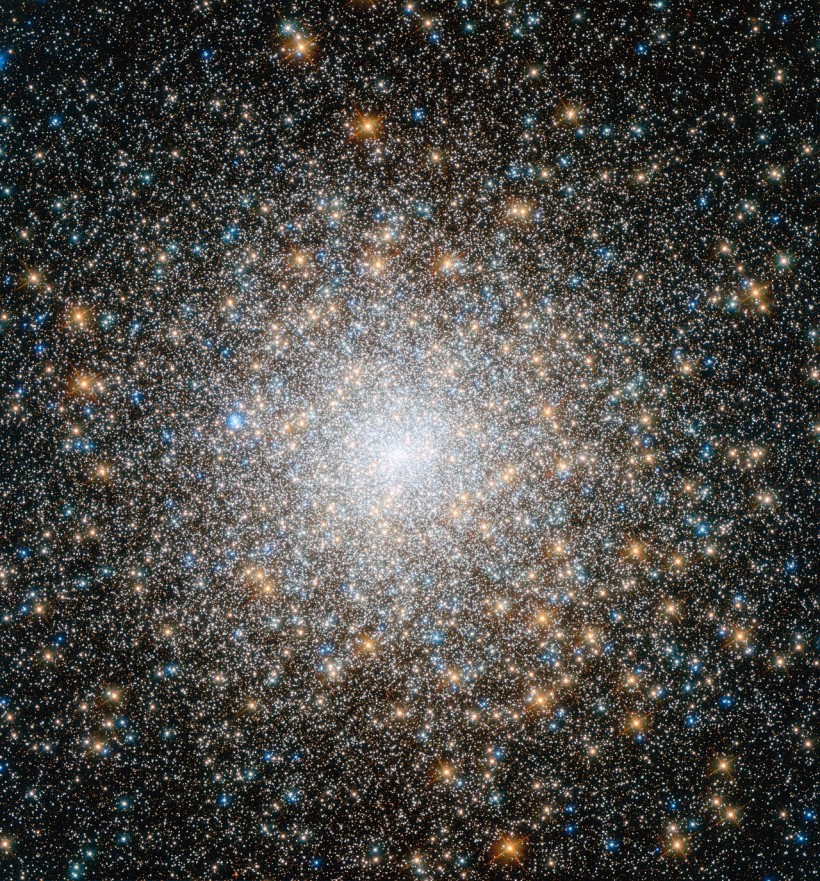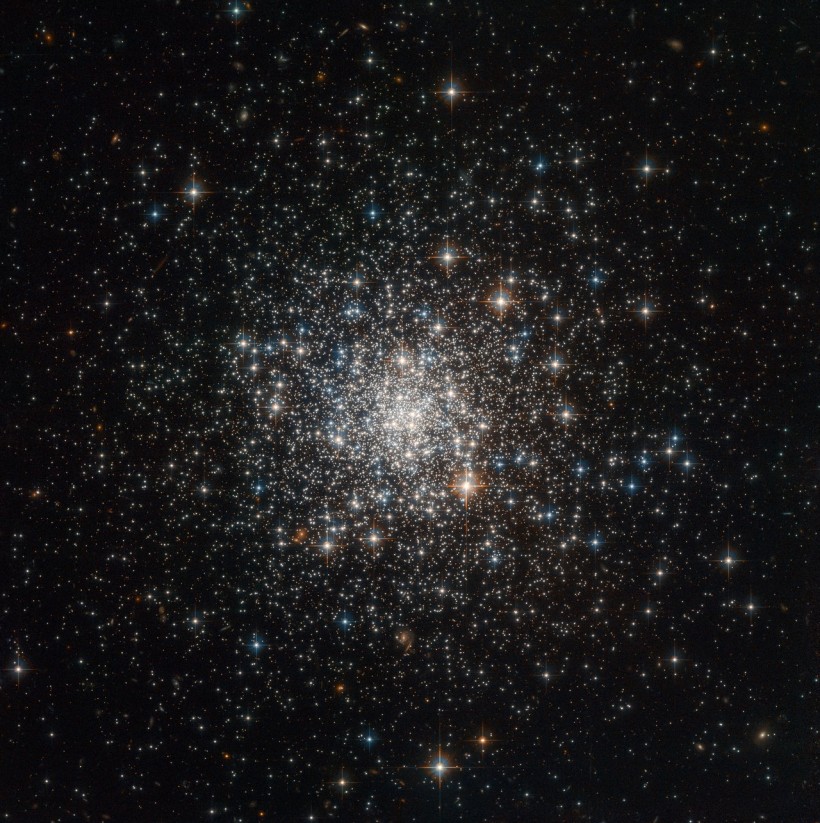The Hubble Space Telescope has been taking countless photos of what it sees in the universe for the past 31 years and counting. These photos have given everyone here on Earth an idea of how galaxies, exoplanets, nebulae, and even supernovas look like.
The space telescope is also fond of taking photos of star clusters. In this Tech Times article, we will show you examples of Hubble's images of star clusters through the years.
What are Star Clusters?
Before we get into the photos the Hubble has snapped of the star clusters in the universe, let us first define what they are. According to an article by Space, star clusters are basically "groups of hundreds to millions of stars that provide astronomers crucial insight into stellar evolution through comparisons of stars' ages and compositions."
Does this mean that, given its definition, star clusters and galaxies are the same? The answer to that is no, despite the fact that galaxies are made up of groups of stars that are also gravitationally bound.
The main difference between galaxies and star clusters is that galaxies usually have a dark matter that binds the groups of stars together. In terms of size, galaxies are larger than star clusters.
Related Article: IN PHOTOS: The Different Galaxies the Hubble Space Telescope Has Taken Photos of in the Last 3 Decades
There are three main types of star clusters. The first is called globular star clusters, which are "thousands to millions of stars form a spherical shape with a bright, dense core," according to Space.
The second main type is known as open star clusters. Star clusters that fall under this type have no distinctive shape and are less dense than globular clusters because only hundreds or thousands of stars are in them.
The third and last type is called stellar associations. This is different from the other types because the stars are not gravitationally bound. Some stellar associations may have once been open clusters.
Hubble Space Telescope's Photos of Star Clusters
The European Space Agency (ESA) has a collection of the Hubble Space Telescope photos of star clusters. Here are some examples:
47 Tucanae

47 Tucanae is otherwise known as NGC 104. It is located in the constellation Tucana. According to the ESA, it is considered the second brightest globular cluster in the sky after the Omega Centauri.
Messier 15

Messier 15 is located around 35,000 light-years away from Earth in the constellation Pegasus. It is considered as one of the oldest known globular clusters as it is around 12 billion years in age. It is also one of the densest globular clusters in the universe.
NGC 4147

The NGC 4147 is one of the many examples of a globular star cluster. It is located around 60,000 light-years away in the constellation Coma Berenices.
Read Also: Hubble Observations Disprove Leading Theory About How Star Clusters Form
This article is written by
Written by Isabella James









